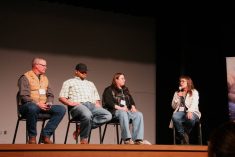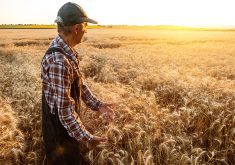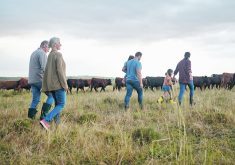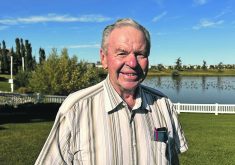After more than 20 years working on their ranch, these cattle producers look to reduce their active farming lifestyle
Grazing livestock in the most efficient and ecologically sound way will always be in the future for Amber and Steve Kenyon. Grazing livestock on their northern Alberta farm may not always be in their future.
“Our future is slowly getting out of the day-to-day and more into education and promoting,” said Steve Kenyon of Busby, Alta.
For more than 20 years Kenyon has studied, lived, promoted, refined and created sustainable grazing practices on their Greener Pastures Ranching farm. But as Kenyon turns 50, he is looking for ways to reduce his active farming, mentoring others and exploring and expanding into other areas.
Read Also
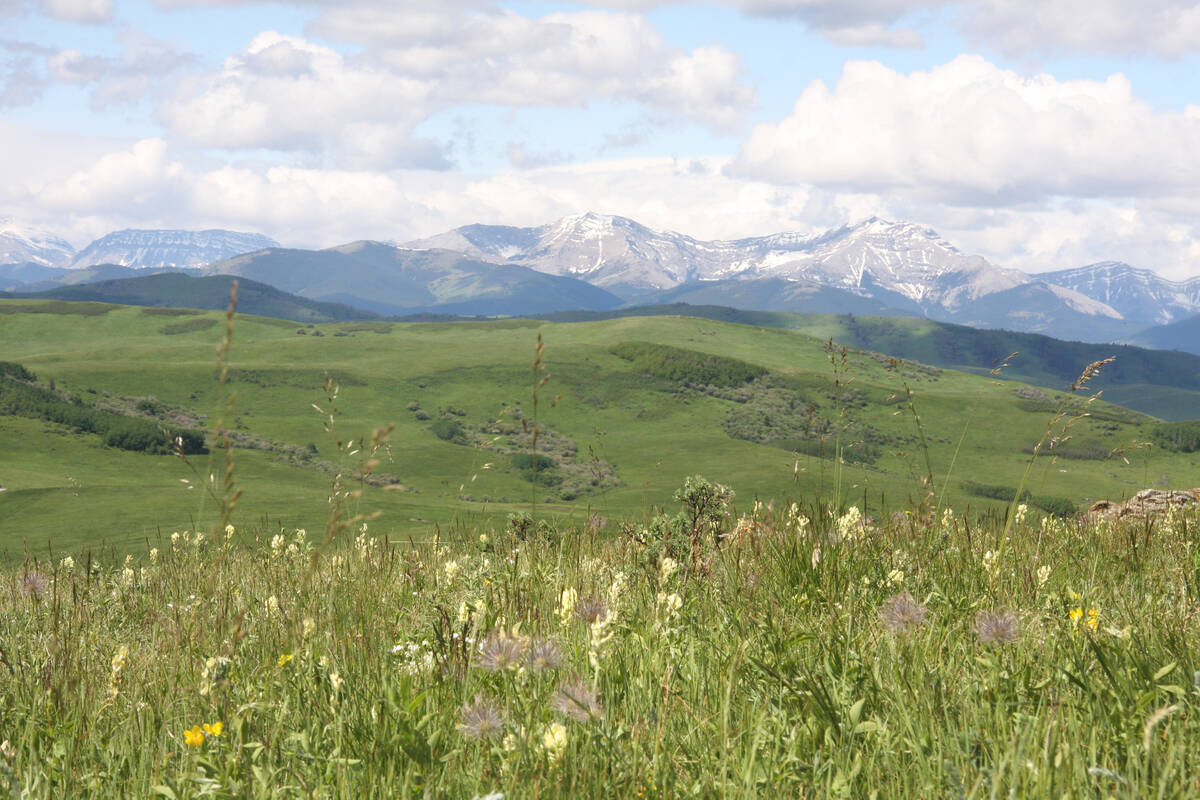
Selenium not deal breaker in coal mining: expert
Environmental scientist weighs in on coal mining debates in Western Canada, explaining selenium and the technologies and practices to lower its concentrations in nearby waterways to coal mining operations
“I am trying to semi-retire. I am getting too old for this. Our passion is moving agriculture in a direction that is sustainable,” said Kenyon.
Living less than an hour from Edmonton with increasing land prices, Kenyon can’t afford to be married to a specific piece of land. Leasing all the land where his animals graze, Kenyon is used to losing or gaining quarter sections of land.
Kenyon knows his sustainable grazing program improves the health of the land, but it is not always appreciated by the owners who look at the price of the land and not necessarily the value of the environment the land creates.
He points to one quarter section of overgrazed land he slowly turned into a biodiverse piece of heaven with a rich ecosystem that sequestered carbon and created soil through grazing. After 15 years leasing the land, the owner died, passing it on to his children, who sold it to a grain farmer. Kenyon was not given the opportunity to buy the land but told to remove his fences. The new owner levelled the hills, filled in the dugouts, ripped up the grass and seeded it to grain.
“That has happened to me multiple times,” said Kenyon, who hopes the knowledge learned from that single 160 acres parcel can be the catalyst needed to transition to teaching and mentoring others about the importance of good grazing practices, sustainable agriculture and growing biodiversity.
“The future of Greener Pastures in this location is not something I worry about. It is not going to be there forever. We have the ability to adapt and change and move on.”
Instead, he looks at the knowledge gained from managing the lost land as an opportunity to have more time to teach others about the benefits of rotational grazing through his grazing classes, writing, podcasts and mentorship.
“I have influence on a million acres a year,” said Kenyon, referring to the acres of land owned or rented by the people taking his grazing classes and hearing him speak at events.
In 2021 the Canadian Forage and Grasslands Association approached Kenyon to create an online Advanced Grazing Systems program that teaches the basics of rotational grazing. Developed by Kenyon, the six-part series is designed for producers to learn at their own pace about rotational grazing. Producers who want to learn more can be matched with mentors from their own province. Kenyon is also working with the association to train the mentors.
Before COVID ended travel and in-person courses, Kenyon spent a lot of time travelling across Canada and the United States attending seminars and schools and teaching courses. Taking courses and talking to participants is one of the ways Kenyon says he learns. When the conference season was cancelled, Kenyon was asked to teach online.
“You’re staring at the computer screen, even the question period is online through the chat. When the program ends the computer screen turns off. Where do we go to chat and ask other questions,” Kenyon wondered.
It was difficult to know if his message even resonated with the audience.
Frustrated by the lack of interaction, Kenyon and his wife, Amber, created a live Zoom grazing podcast just to have those two-way conversations again.
“We needed to start up something that is just networking. No presentations, just networking.”
Organized by the Gateway Research Organization, every two weeks Kenyon hosts the virtual networking event along with Amber, who does outreach for the organization and videography for their own farm.
Now in its third season, the podcast has a loyal following. For Kenyon, one of the most rewarding parts is after the official session is finished and everyone can join in and visit just like after an in-person event.
“They talk about anything and everything,” he said.
The 34 episodes have been downloaded more than 26,000 times.
While online classes changed the way events are taught, so did the makeup of the people who take his in-person courses. Before COVID, many of those who attended his course were already farmers. Now, the people who seem to be taking his courses are new farmers who bought land during COVID.
“Instead of a room full of farmers, I had a room full of businesspeople who bought small farms. They have other careers and want to learn how to make money from it and grow their own food,” said Kenyon about a recent conference in Mississippi.
“I am wondering if this is going to be an upcoming trend.”



